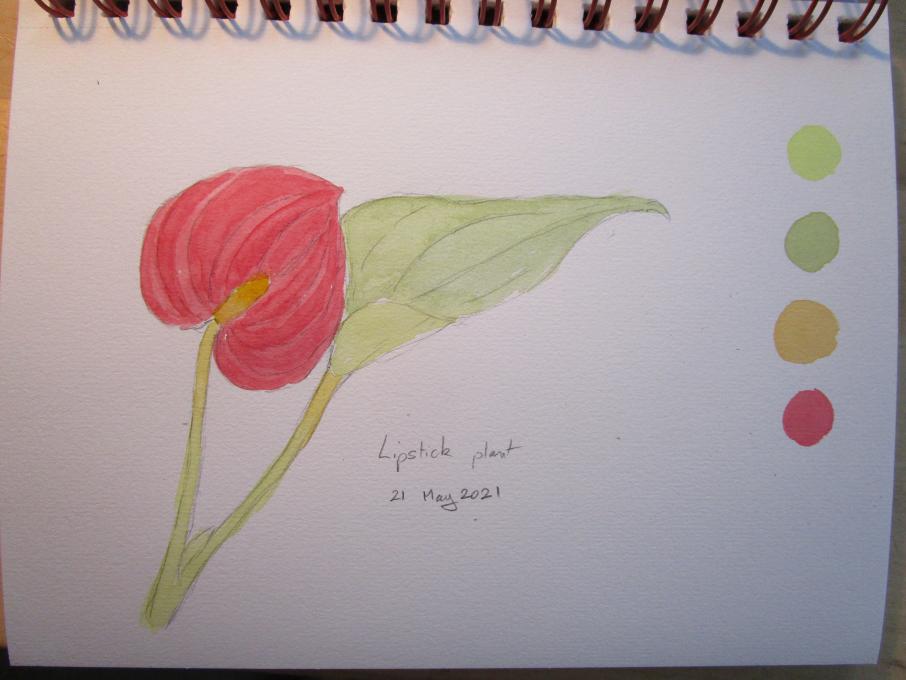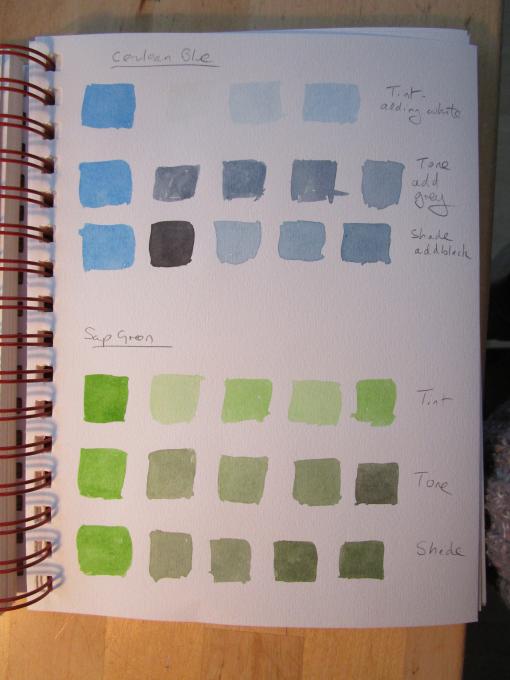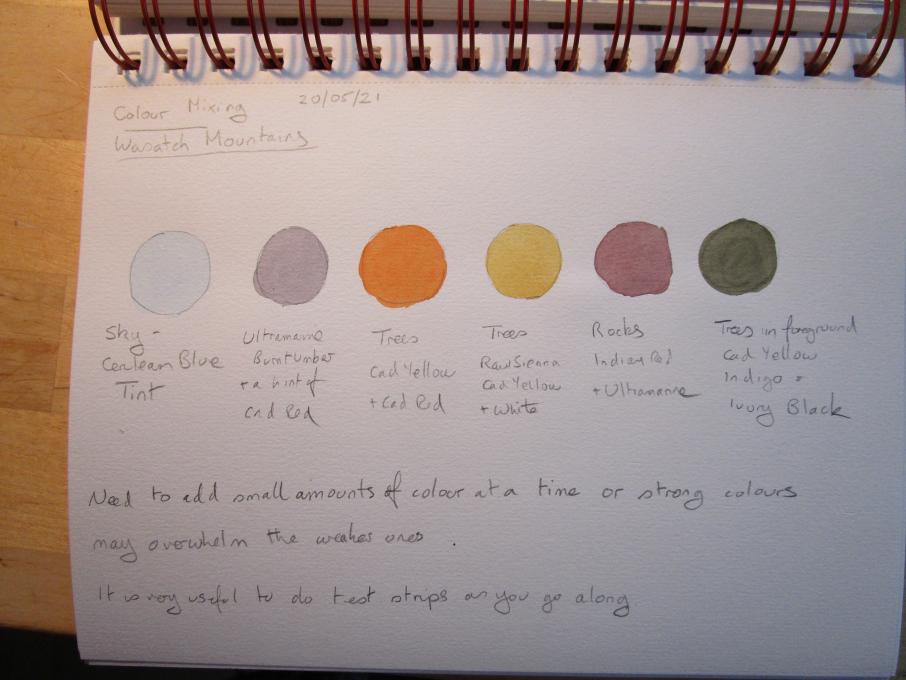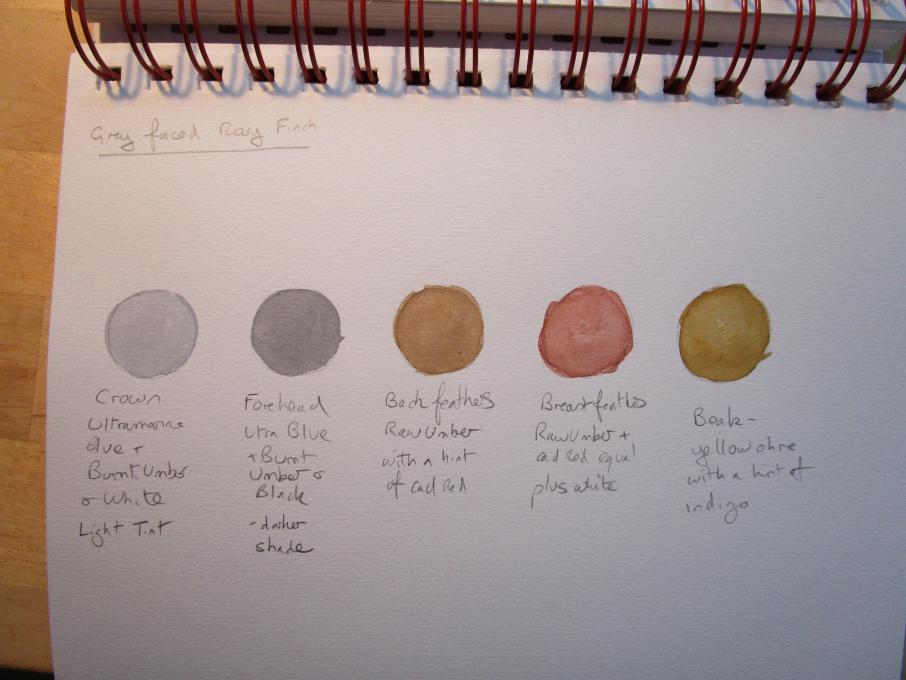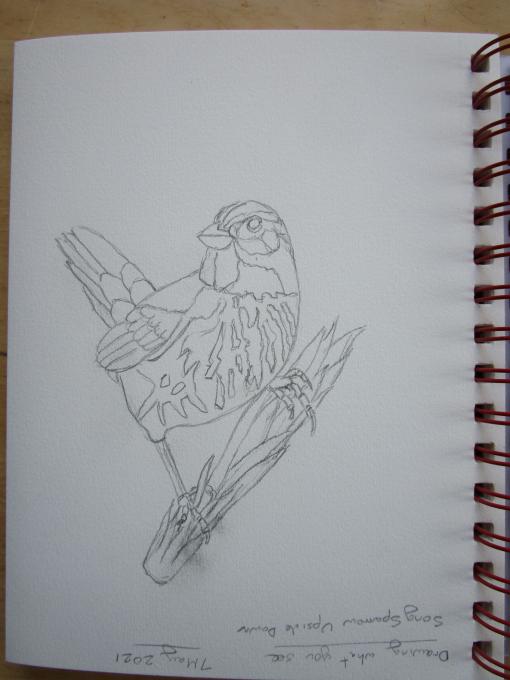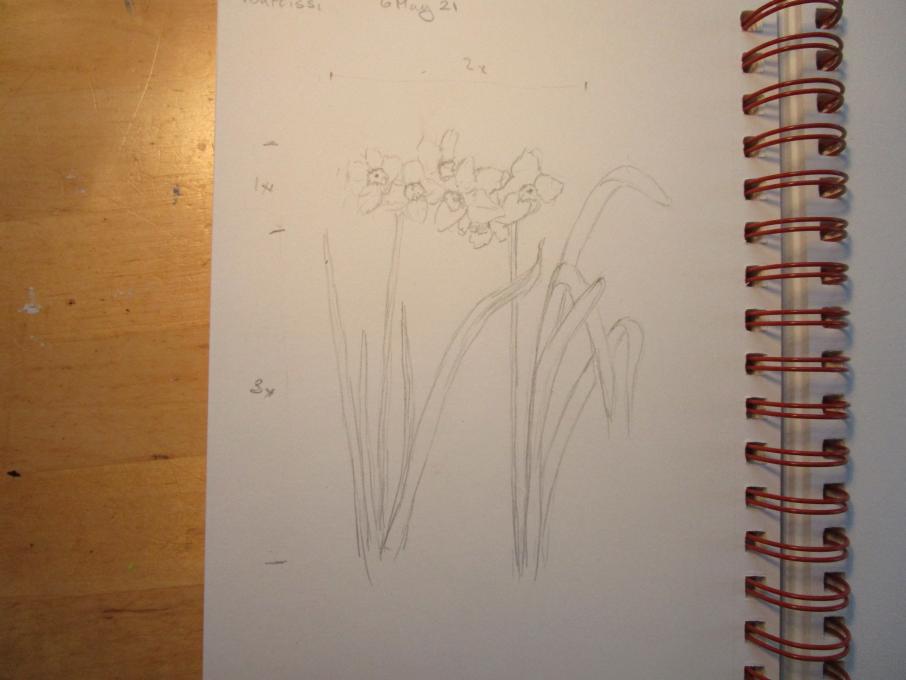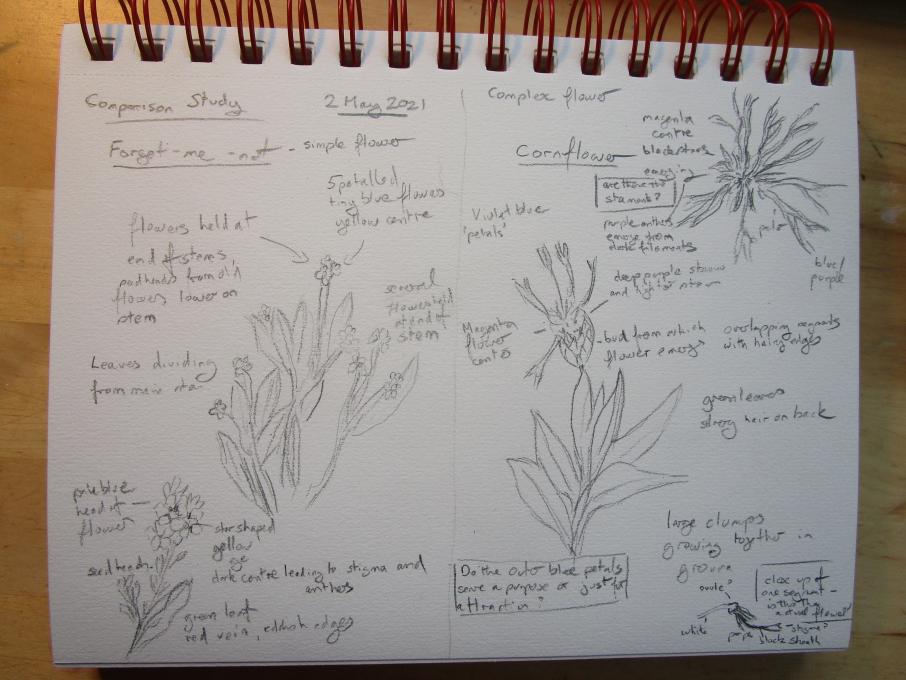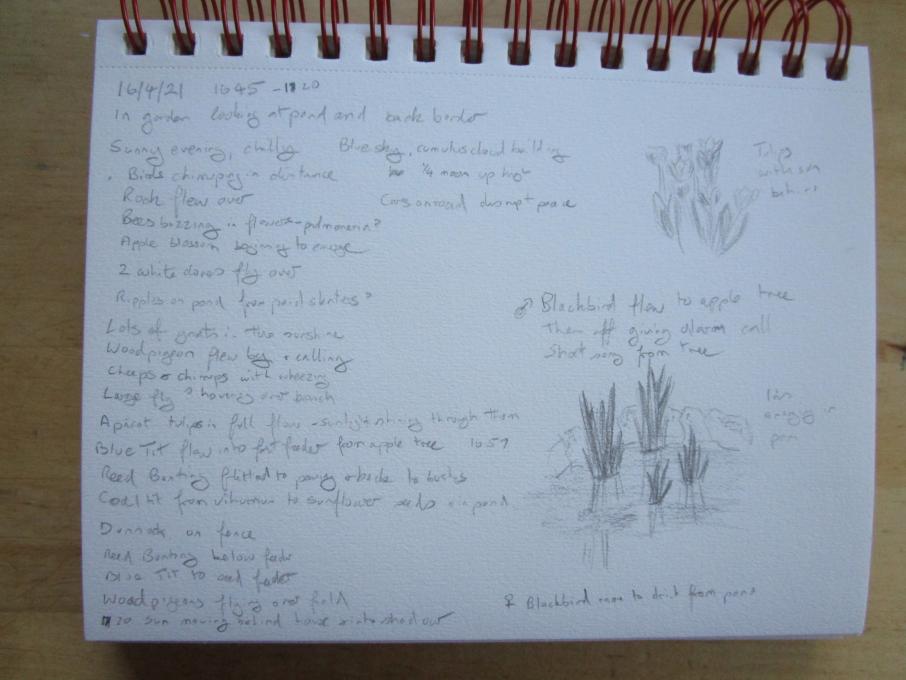Margaret
Forum Replies Created
Viewing 10 posts - 1 through 10 (of 10 total)
-
MargaretParticipantI live in England and the owl that I have seen most often is the Barn Owl. My house overlooks fields and last summer I had some great views of a barn owl hunting around the field in the twilight for several weeks. A neighbour told me he knew of a nest nearby, so it must have been feeding young. Interestingly it always went along the edge of the fields where there is rough grass, but never in the middle which was arable crops. I assume that all the mice and voles live in the rough grass themselves. I have regularly heard tawny owls calling, but never seen them.in reply to: Who Is That Owl? #847727
-
MargaretParticipantI am familiar with wet on dry and wet on wet. I tried both techniques and the key issue is control of the water, especially letting it dry before adding anything next to it or the colour will run. It is very unforgiving, especially wet on wet. Using a dry brush was a new technique (I have only done this accidentally in the past) and gives a useful effect, which may be useful for bark etc.in reply to: Getting Comfortable with Watercolor #817843
-
MargaretParticipantWe have had torrential rain all day so I didn't go outside to practice and worked on a houseplant instead! The colours are a bit pale as I used to much water - the red in particular should be stronger. Hopefully this will get better over time.
 in reply to: Capturing Nature’s Color Palettes #817306
in reply to: Capturing Nature’s Color Palettes #817306 -
MargaretParticipantI have done watercolour previously but never got the hang of it. I have trouble controlling the water. I found these exercises very helpful in looking closely at the colours to match them - I realised that the colours weren't always what I expected eg the rocks in the Wasatch mountains have a hint of red in them, whereas I would probably have treated them as grey. As with drawing it is a matter of painting what is there. Doing the palette adding small quantities of colour at a time and testing was helpful. If you add to much of a strong colour it overwhelms the weaker one, especially when adding black to deepen the shades. I also made notes of the colours I used for future reference.


 in reply to: Capturing Nature’s Color Palettes #817304
in reply to: Capturing Nature’s Color Palettes #817304 -
MargaretParticipantThis was challenging but an interesting exercise. I still saw the image as a bird, rather than being able to focus just on the shapes. Keeping track of where I was with the lines on the branch and the breast plumage was hard, but focusing on the negative space and where the lines linked up on the body was helpful. I was pleased with how the drawing turned out.
 in reply to: Drawing What You See – Upside Down Drawing #813303
in reply to: Drawing What You See – Upside Down Drawing #813303 -
MargaretParticipantI made the mistake of starting by trying to draw a clump of multi petalled tulips, which were complex flowers as well as having lots of leaves. This was challenging as there was so much detail (maybe I should try not to do everything) but focusing on the negative space and proportions, made it easier. I also did a simpler clump of narcissi as well. The pencil technique was useful - I have seen people do this, but never quite understood what they were doing.

 in reply to: Getting the Proportions Right #812920
in reply to: Getting the Proportions Right #812920 -
MargaretParticipantVery tricky exercise. I tended to start out well with the shapes, and got some small details right, but never ended up back where I started. I tried doing them going round in different directions, but not much different. It will be worth doing more practice with this technique.in reply to: Focusing on Your Subject – Blind Contour Drawing #811867
-
MargaretParticipantThis was a very absorbing exercise. I picked two plants in the garden and soon realised the flowers were very different in structure. The forget-me-nots are a classic simple flower with five petals arranged round the reproductive organs to attract the pollinators in, but the perennial cornflower was much more complex. It took some time to determine the structures in the flower. Eventually I dissected a flower and studied the parts with a hand lens, concluding (hopefully) that the true flowers were the tubular structures in the centre, while the purple/blue 'petals' around the edge are decorative and perhaps modified sepals rather than petals. I couldn't find any structures within these even though they are tubular. I need to do more research to verify what part is which and if my hypothesis is correct.
 in reply to: The Power of Comparison #811745
in reply to: The Power of Comparison #811745 -
MargaretParticipantI enjoy sitting and observing, but always have to make myself take the time, so this was a good exercise and I spent well over half an hour in my garden, in a spot overlooking the pond and bird feeders. At first I just heard bees buzzing, birds chirruping in the distance and wood pigeons and rooks flying over. After about ten minutes small birds started to come into the trees and to the feeders. I did a couple of sketches, but not very successful - this is what I need to improve. I couldn't observe the bees closely as they were in the flowers and I didn't want to move to disturb anything else. After the session I went to look at them closely and identify those I could. NB - I am in England, so the species are different to the US!
 in reply to: Opening Your Senses #808804
in reply to: Opening Your Senses #808804 -
MargaretParticipantI am looking forward to this course to combine my two main interests of nature and art. I want to improve my drawing skills and develop watercolour, which I have never had much success with! Learning to sketch from life should help my observation practice as you see much more when taking time drawing and really paying attention than if you just take a quick photo. I think I will learn to appreciate the beauty of nature much more as I progress. I would also like to use the journal for identification instead of relying on photosin reply to: Style Your Journal Your Way #804275
Viewing 10 posts - 1 through 10 (of 10 total)
